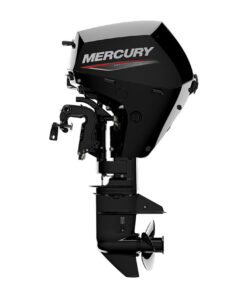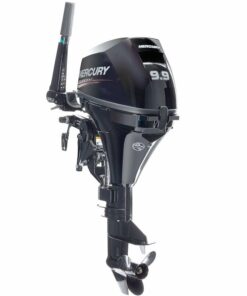Mercury FourStroke 90HP Command Thrust EXLPT
$8,000.00 – $10,500.00
SPECIFICATIONS
| HP / kW |
|
|---|---|
| Engine type |
|
| Displacement (L) |
|
| Full throttle RPM |
|
| Air induction |
|
| Fuel induction system |
|
| Alternator amp / Watt |
|
| Recommended fuel |
|
| Recommended oil |
|
| Engine protection operator warning system |
|
| Compatible with SmartCraft digital technology |
|
| Starting |
|
| Controls |
|
| Steering |
|
| Shaft length |
|
| Gearcase ratio |
|
| Dry weight *Lightest model available |
|
| Emissions Star Rating |
|
| Bore and stroke |
|
| Ignition |
|
| Fuel system |
|
| Cooling system |
|
| Gear shift |
|
| Gearcase options |
|
| Trim system |
|
| Exhaust system |
|
| Shallow water trim range (degrees) |
|
| Color |
|
| Lubrication system |
|
| Oil Capacity |
|
| Maximum Trim Range |
|
| Maximum Tilt Range |
|



















Reviews
There are no reviews yet.